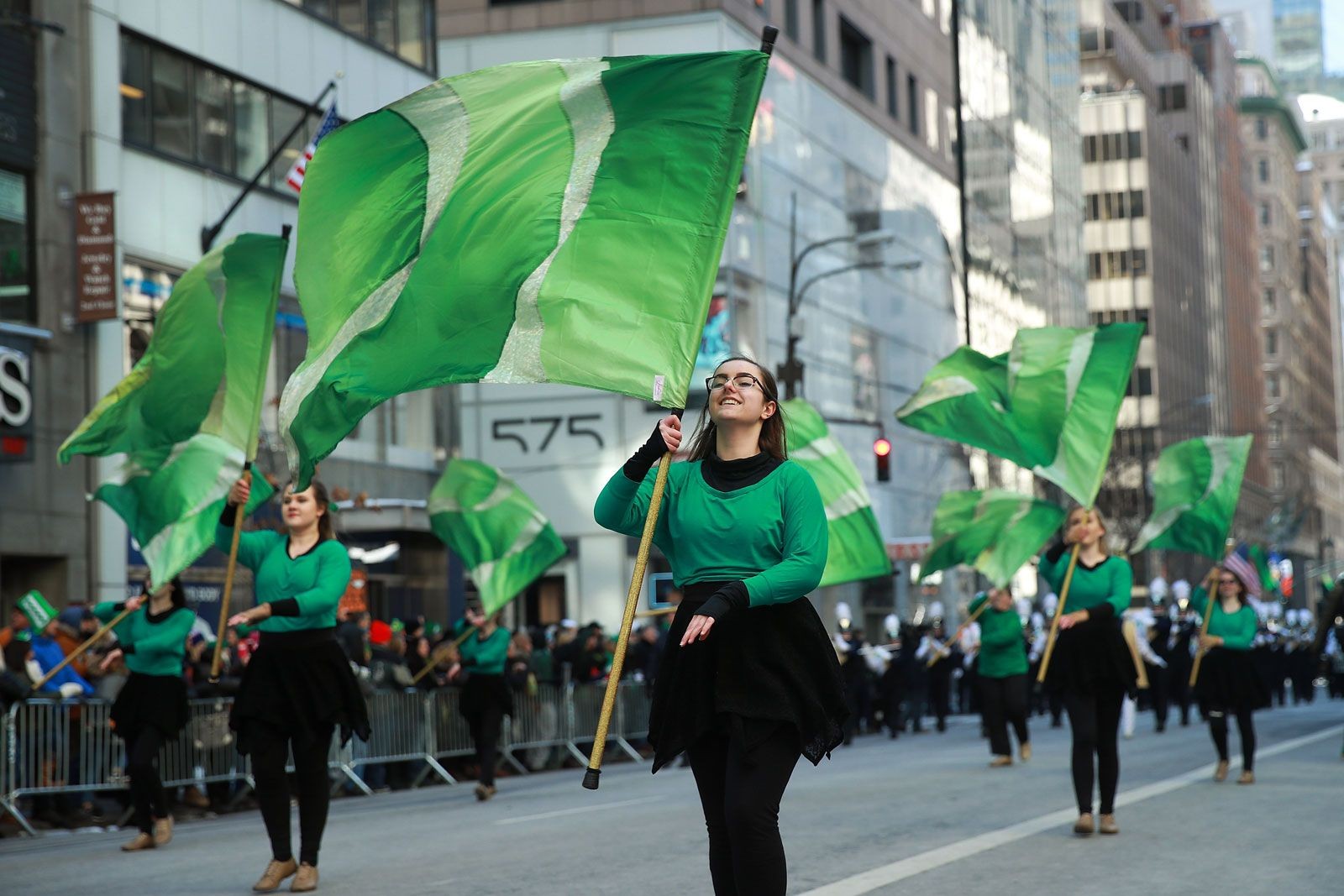St. Patrick’s Day, observed annually on March 17th, stands as a vibrant global celebration deeply intertwined with Irish culture and heritage. Initially a religious feast day honoring St. Patrick, the patron saint of Ireland, it has evolved into a worldwide festival marked by parades, lively festivities, and a sea of green. But what is St. Patrick’s Day beyond the modern celebrations? Let’s delve into the history and traditions that shape this iconic holiday.
The Origins of St. Patrick’s Day: A Historical Journey
To truly understand what is St. Patrick’s Day, we must journey back to the life of St. Patrick himself. Born in Roman Britain during the late 4th century, he was not originally Irish. Legend recounts that at the age of 16, Patrick was kidnapped and brought to Ireland as a slave. During his captivity, he turned to religion and, after escaping back to Britain, felt a calling to return to Ireland, this time as a missionary. Around 432 CE, St. Patrick returned to Ireland with the mission to convert the Irish populace to Christianity. His efforts were remarkably successful, and by the time of his death on March 17, 461, he had established a strong Christian presence through monasteries, churches, and schools across the island. St. Patrick’s Day, therefore, began as a solemn religious feast day in Ireland, commemorating his death and celebrating his profound impact on Irish Christianity.
Evolution into a Global Celebration of Irish Culture
While rooted in religious observance, what is St. Patrick’s Day today has expanded far beyond its initial purpose, especially outside of Ireland. Irish emigrants, particularly those who settled in the United States, played a pivotal role in transforming the holiday into a grander, more secular celebration of Irish identity and culture. In cities with significant Irish immigrant populations, St. Patrick’s Day became a powerful expression of community and heritage. These communities, often wielding considerable political influence, organized elaborate parades and festivities, injecting new life into the observance.
 A vibrant St. Patrick's Day parade in New York City showcasing the festive spirit of the holiday.
A vibrant St. Patrick's Day parade in New York City showcasing the festive spirit of the holiday.
Boston hosted the first St. Patrick’s Day parade in the American colonies in 1737, followed by New York City in 1762, establishing a tradition of grand parades that continues to this day. Beyond parades, certain customs became associated with the holiday, many of which are now globally recognized symbols of St. Patrick’s Day. The “wearing of the green” is perhaps the most ubiquitous, with people donning green clothing or shamrocks – the national plant of Ireland – to mark the occasion. While blue was historically associated with St. Patrick, green has become the dominant color of the celebration.
Food and drink also play a significant role in modern St. Patrick’s Day festivities. Corned beef and cabbage have become a traditional, albeit American-Irish, dish for the holiday. Even beer sometimes gets a festive green tint, further amplifying the visual spectacle of the day. While some of these secular practices were eventually adopted in Ireland, they largely emerged from the Irish diaspora’s enthusiastic embrace of their cultural heritage.
Modern St. Patrick’s Day: Celebration and Festivities Worldwide
Today, what is St. Patrick’s Day is best understood as a global phenomenon. From Dublin to New York, Chicago (famously dyeing its river green since 1962) to Sydney, cities around the world host St. Patrick’s Day parades and celebrations. It has become a day not just for the Irish diaspora, but for people of all backgrounds to celebrate Irish culture, heritage, and the spirit of St. Patrick. The holiday significantly boosts tourism in both Ireland and cities with large-scale celebrations.
In conclusion, what is St. Patrick’s Day encompasses a rich tapestry of history, religion, cultural evolution, and global celebration. Starting as a religious feast day in honor of Ireland’s patron saint, it has transformed into a worldwide festival that celebrates Irish heritage and culture, marked by vibrant parades, green attire, and a joyful spirit of unity. It stands as a testament to the enduring legacy of St. Patrick and the global reach of Irish culture.